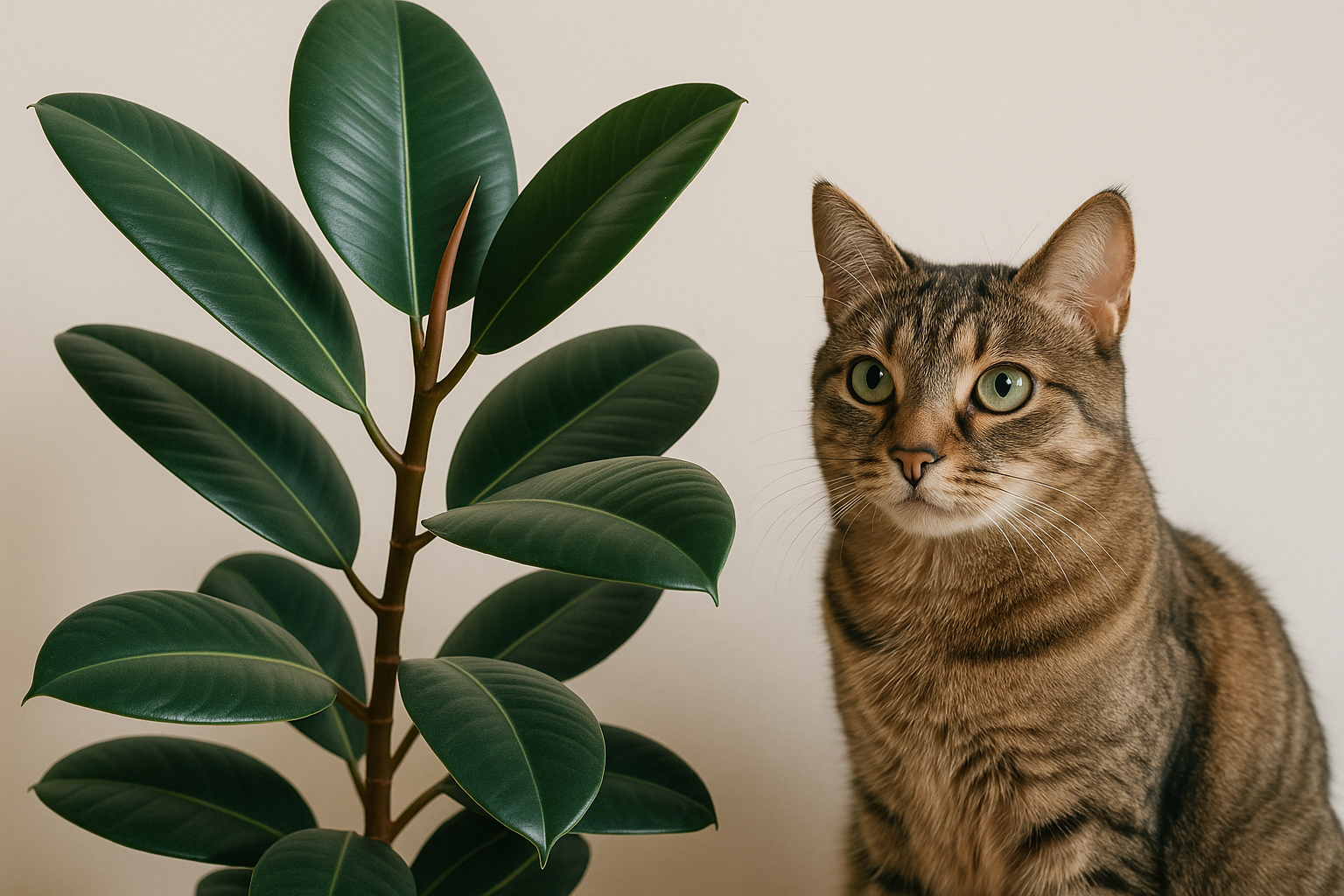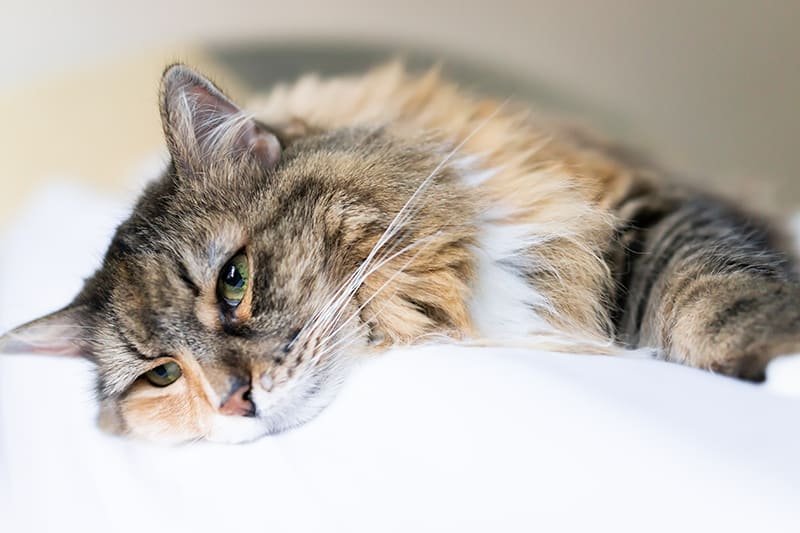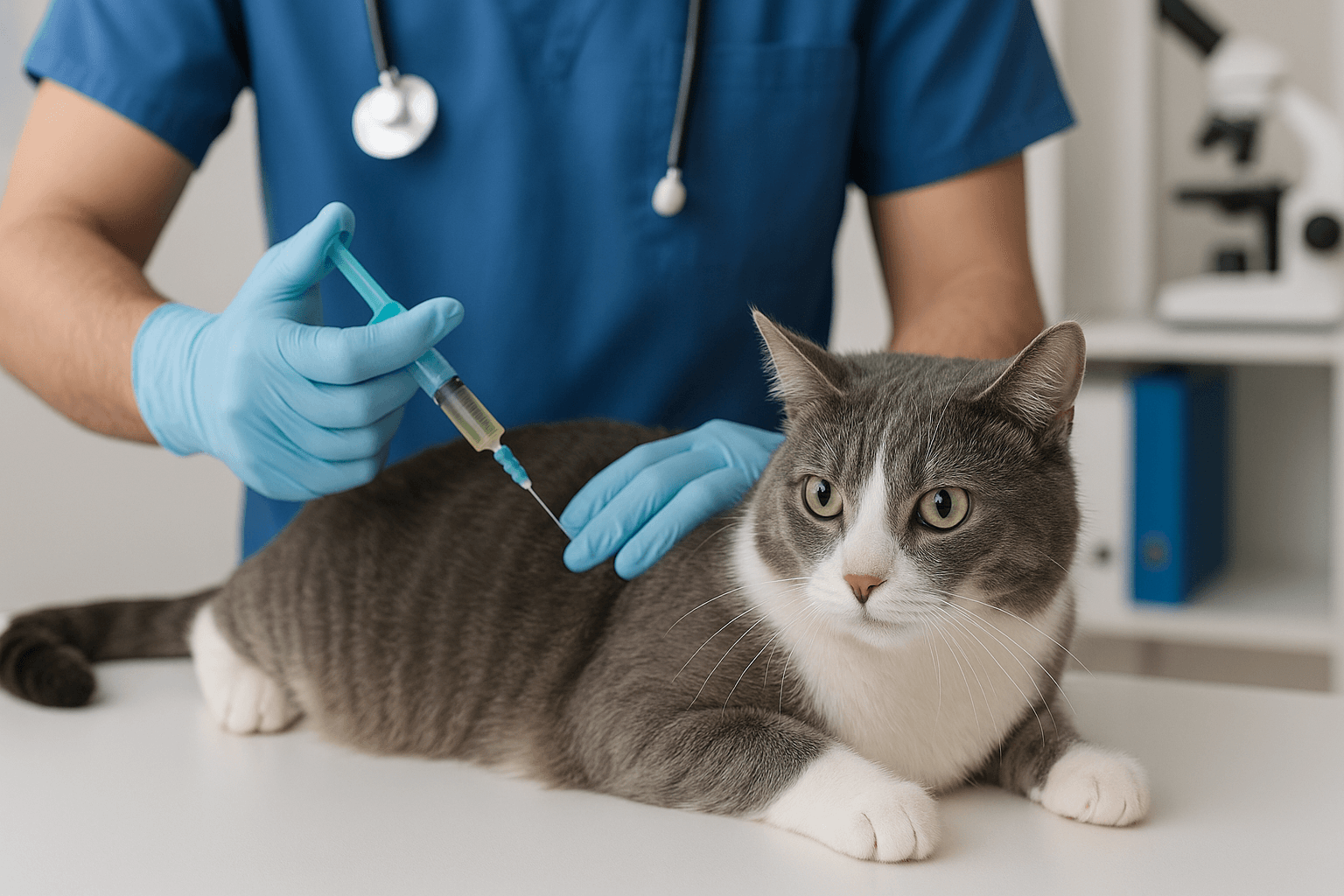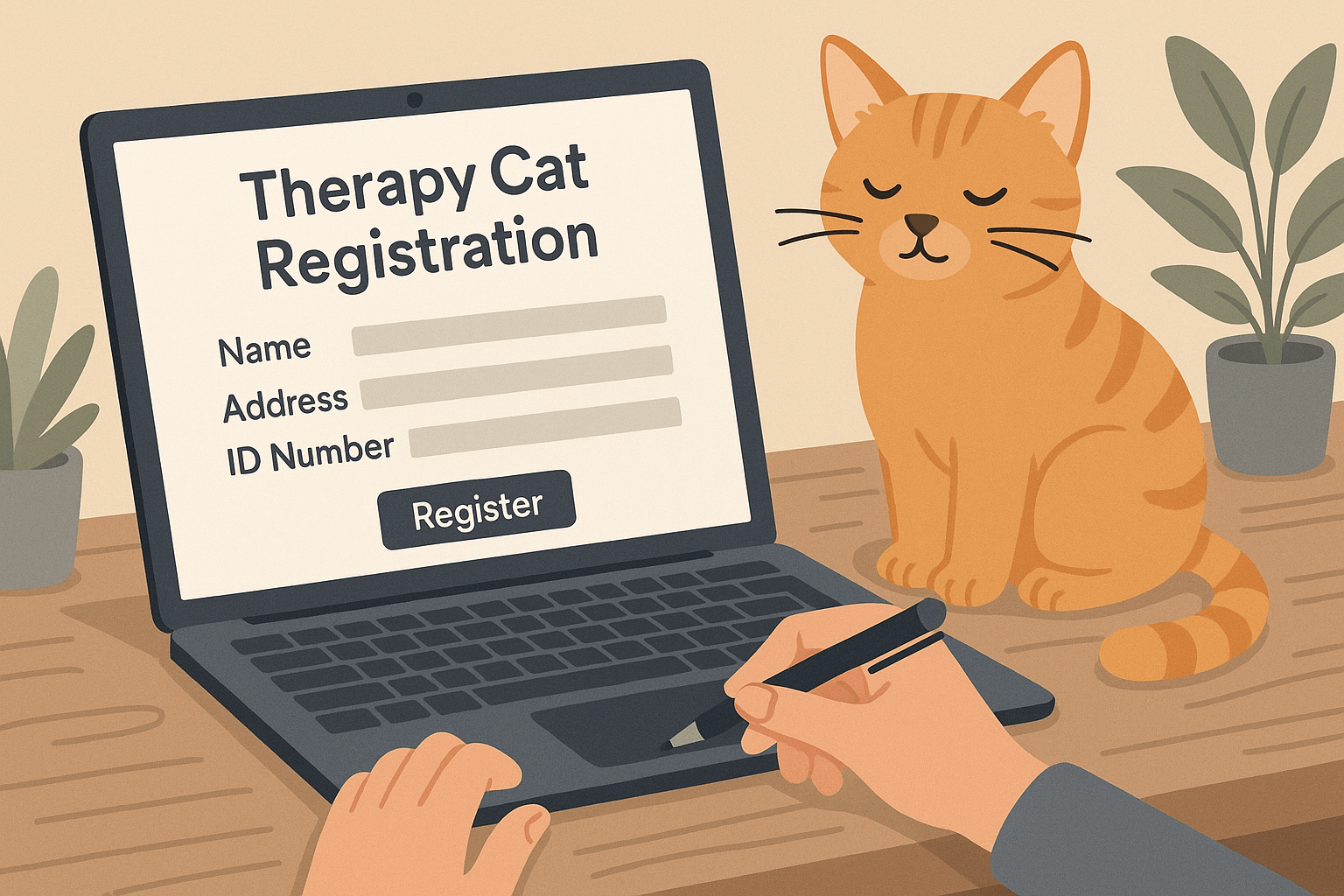Can Cats Eat Plantains?
As a cat owner, you may have wondered whether your feline friend can safely nibble on plantains. These starchy, banana-like fruits are a popular ingredient in human diets, but are they safe or even beneficial for cats? While cats are obligate carnivores and primarily thrive on meat-based diets, some plant-based foods can be offered in moderation as occasional treats. In this blog post, we’ll explore whether plantains are a suitable snack for cats, their potential benefits, risks, and how to introduce them safely into your cat’s diet. By the end, you’ll have all the information you need to make an informed decision about feeding plantains to your furry companion.
Are Plantains Safe for Cats?
Plantains are generally considered safe for cats in small amounts, but there are important considerations to keep in mind before offering them. Here’s what you need to know about their safety and potential effects on your cat’s health.
Low Toxicity Risk:
Plantains are not toxic to cats, making them a safer option compared to other human foods like onions or garlic.High Starch Content:
Plantains contain a significant amount of starch, which can be difficult for cats to digest in large quantities.Plain Preparation is Key:
Cooked or raw plantains should be served plain, without added salt, sugar, or spices, which can harm your cat.Moderation is Essential:
Even safe foods can upset your cat’s stomach if given in excess; limit plantain servings to small bites.Allergic Reactions Are Rare but Possible:
Some cats may experience mild allergic reactions, such as itching or gastrointestinal upset, after eating plantains.
When fed responsibly, plantains can be an occasional treat, but they should never replace a balanced, meat-based diet.
Potential Benefits of Feeding Plantains to Cats
While plantains aren’t a dietary necessity for cats, they do offer some minor nutritional benefits when given in moderation. Here’s what makes them a potentially worthwhile addition to your cat’s diet.
Rich in Fiber:
The fiber in plantains can aid digestion and help regulate bowel movements, especially for cats prone to constipation.Source of Vitamins:
Plantains contain vitamins like vitamin C and B6, which support immune function and overall health.Low in Fat:
With minimal fat content, plantains are a lightweight snack that won’t contribute to weight gain.Hydration Support:
Raw plantains have a high water content, which can help keep your cat hydrated, especially if they’re reluctant drinkers.Variety in Diet:
Offering plantains as an occasional treat adds variety to your cat’s diet, satisfying their curiosity about new flavors.
These benefits make plantains a reasonable choice for a rare treat, provided they’re prepared and served correctly.
Check this guide 👉Can Cats Eat Plums? Best 7 Expert Tips!
Check this guide 👉Can Cats Eat Cake? Best 7 Expert Tips!
Check this guide 👉Can Cats Eat Chia Seeds? Best 7 Expert Tips!
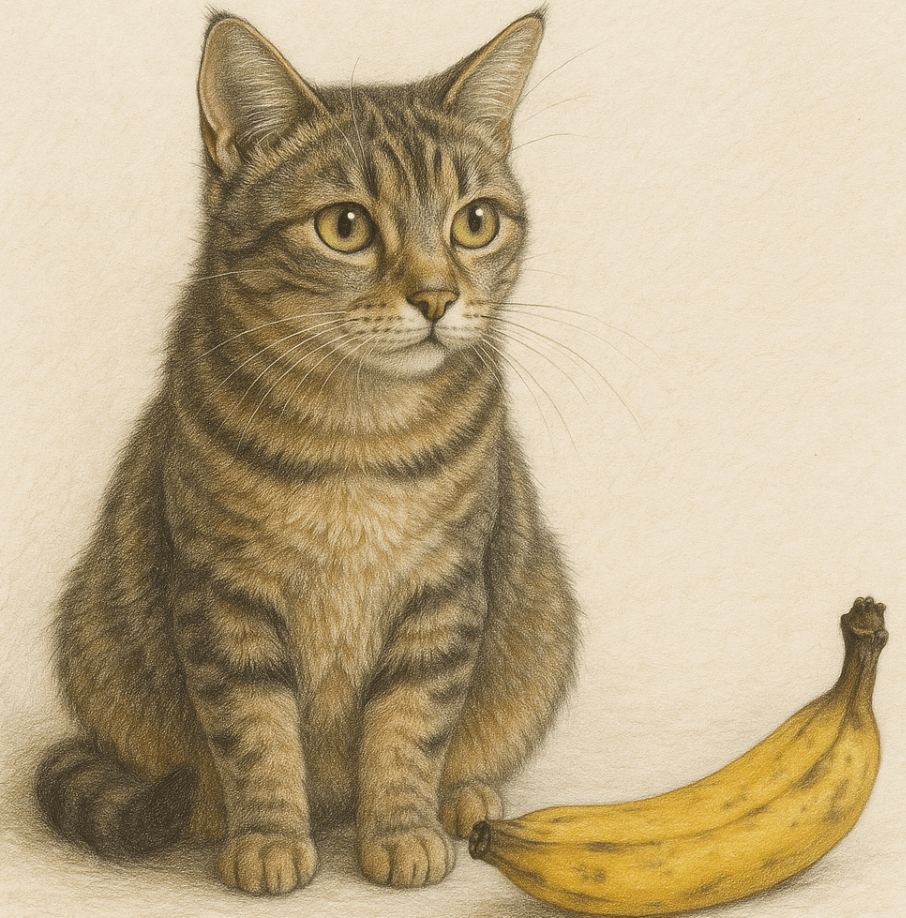
Safe Ways to Serve Plantains to Cats | Risks of Improper Plantain Feeding |
|---|---|
Plain, boiled plantains (no seasoning) | Added sugar or spices causing harm |
Small, bite-sized pieces | Overfeeding leading to digestive upset |
Raw plantains in moderation | Choking hazard from large chunks |
Mashed plantains for easier digestion | Allergic reactions or sensitivities |
Organic, pesticide-free plantains | Contaminants from unclean preparation |
How to Safely Introduce Plantains to Your Cat
If you decide to offer plantains to your cat, it’s important to do so carefully to avoid any adverse effects. Follow these steps to ensure a smooth introduction.
Start with Small Portions:
Begin by offering a tiny piece of plain, cooked plantain to see how your cat reacts.Monitor for Digestive Issues:
Watch for signs of vomiting, diarrhea, or discomfort after consumption, and discontinue if problems arise.Avoid Seasonings and Additives:
Never add salt, butter, sugar, or spices, as these can irritate your cat’s stomach or cause toxicity.Choose Ripe Plantains:
Ripe plantains are softer and easier to digest than unripe ones, which can be tough and starchy.Consult Your Veterinarian:
Before introducing any new food, seek advice from your vet to ensure it aligns with your cat’s specific dietary needs.
By following these guidelines, you can minimize risks and ensure your cat enjoys plantains safely.
Signs Your Cat May Not Tolerate Plantains
While most cats can handle small amounts of plantains, some may experience adverse reactions. Recognizing these signs early allows you to act quickly and prevent further complications.
Vomiting or Diarrhea:
These symptoms indicate that your cat’s digestive system is struggling to process the plantain.Loss of Appetite:
If your cat refuses to eat after trying plantains, it could signal discomfort or nausea.Excessive Drooling:
Increased drooling may suggest irritation in the mouth or throat caused by the plantain.Lethargy or Weakness:
A sudden lack of energy might indicate an allergic reaction or digestive distress.Itching or Swelling:
Allergic reactions can manifest as skin irritation or swelling around the face or paws.
If you notice any of these signs, stop offering plantains immediately and consult your veterinarian for guidance.
Common Mistakes to Avoid When Feeding Plantains
Feeding plantains to your cat requires attention to detail to avoid mistakes that could harm their health. Here are some pitfalls to watch out for.
Adding Harmful Ingredients:
Spices, salt, and sugar can cause serious health issues; always serve plantains plain.Overfeeding:
Too much plantain can lead to digestive upset or weight gain due to its carbohydrate content.Ignoring Allergies:
Failing to monitor for allergic reactions can result in discomfort or worse health complications.Feeding Unripe Plantains:
Unripe plantains are harder to digest and may cause bloating or gas in cats.Neglecting Veterinary Advice:
Skipping a professional opinion can lead to unknowingly harming your cat with inappropriate food choices.
Avoiding these mistakes ensures a safer and healthier experience for your cat.
Alternatives to Plantains for Cats
If you’re looking for other safe and nutritious treats to offer your cat, there are plenty of alternatives that provide similar benefits without the risks associated with plantains.
Cooked Chicken or Turkey:
Lean meats are an excellent source of protein and align with a cat’s natural dietary needs.Pumpkin Puree:
Plain pumpkin puree is rich in fiber and helps with digestion, making it a great alternative to plantains.Blueberries:
These antioxidant-rich fruits are safe for cats in small amounts and offer a sweet, juicy treat.Watermelon (Seedless):
Seedless watermelon provides hydration and a refreshing snack for your cat.Carrots (Cooked):
Soft, cooked carrots are easy to digest and packed with vitamins like beta-carotene.
These alternatives allow you to diversify your cat’s treats while keeping them safe and healthy.
Understanding Your Cat’s Dietary Needs
Cats have unique dietary requirements as obligate carnivores, meaning their bodies are designed to thrive on animal-based proteins. Understanding these needs helps explain why plantains and other plant-based foods should be given sparingly.
High Protein Requirement:
Cats need a diet rich in animal protein to support muscle development and overall health.Limited Carbohydrate Tolerance:
Their digestive systems are not optimized for processing large amounts of carbs, like those found in plantains.Essential Amino Acids:
Taurine, an amino acid found in meat, is crucial for heart and eye health and cannot be replaced by plant-based foods.Hydration Through Food:
Wet cat food mimics the moisture content of prey, helping cats stay hydrated naturally.Curiosity vs. Necessity:
While cats may show interest in human foods, their nutritional needs remain rooted in meat-based diets.
By recognizing these dietary principles, you can better tailor your cat’s meals and treats to meet their specific needs.
Frequently Asked Questions About Cats and Plantains
Can kittens eat plantains?
It’s best to avoid giving plantains to kittens, as their digestive systems are more sensitive and still developing.
Are cooked plantains better than raw?
Cooked plantains are softer and easier to digest, making them a safer option for cats.
How often can I give my cat plantains?
Plantains should only be given as an occasional treat, no more than once every few weeks.
What should I do if my cat eats too much plantain?
Monitor your cat closely for signs of digestive upset and contact your vet if symptoms persist.
Can plantains replace cat food?
No, plantains lack the essential nutrients cats need and should never replace a balanced, meat-based diet.
Final Thoughts on Feeding Plantains to Cats
While plantains can be a fun and safe occasional treat for cats, they should always be offered in moderation and with caution. Their low toxicity risk and mild nutritional benefits make them a reasonable choice, but they’re far from a dietary necessity for your feline friend. Always prioritize your cat’s primary nutritional needs by providing a balanced, meat-based diet, and consult your veterinarian before introducing new foods. By understanding the dos and don’ts of feeding plantains, you can ensure your cat stays healthy, happy, and curious about the world around them.
Is the Rubber Tree Cat Safe? Best 7 Expert Tips! Discover expert advice on keeping rubber plants safely in cat-friendly homes and learn top tips for pet-safe plant care.
Low Red Blood Cell Count in Cats: Best 7 Expert Tips! Discover causes, symptoms, and treatment options for feline anemia. Learn how to support your cat’s health effectively with expert advice.
Understanding Megacolon Treatment: Best 7 Expert Tips! Discover effective strategies to manage feline megacolon, from dietary changes to surgical options, ensuring your cat’s comfort and long-term health.
How to Register a Therapy Cat: Best 7 Expert Tips! Discover essential steps to certify your cat as a therapy animal, prepare them for training, and make a meaningful impact in therapeutic settings.

